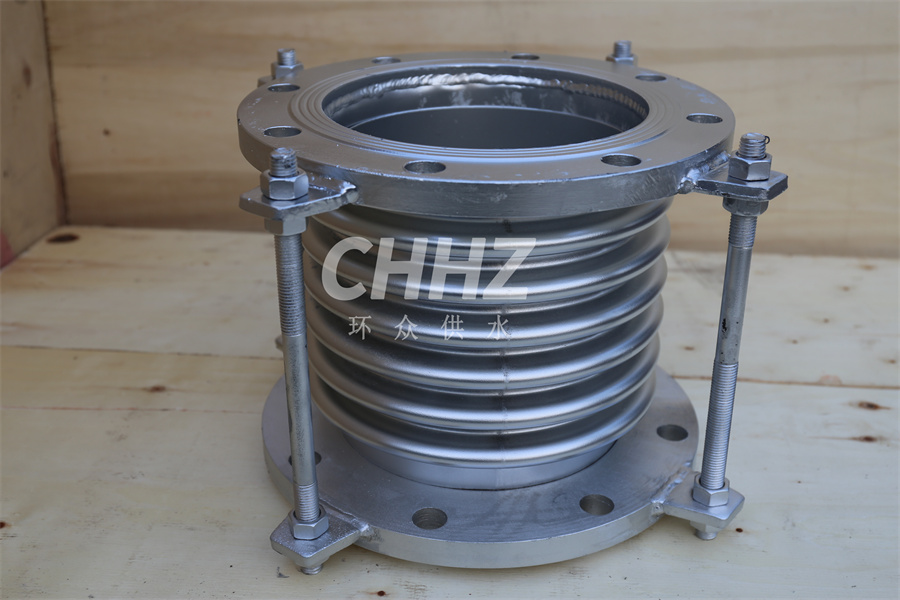Pipe Expansion Joints Have Good Axial Offset Compensation Performance.
Pipe Expansion Joints Have Good Axial Offset Compensation Performance. Pipe expansion joints are essential components in piping systems that provide flexibility to compensate for thermal expansion, vibration, and misalignment. Among the various types of expansion joints, those with good axial offset compensation performance are particularly valuable. In this essay, we will discuss the advantages and applications of pipe expansion joints with excellent axial offset compensation performance.
Axial Offset Compensation: Axial offset refers to the misalignment between two connecting pipes in the axial direction. Pipe expansion joints with good axial offset compensation performance can accommodate and compensate for these misalignments. They can absorb the axial movement caused by thermal expansion or contraction, ensuring the integrity and smooth operation of the piping system. This capability minimizes stress on the pipes, reducing the risk of leaks, cracks, and equipment damage.
Flexibility: An expansion joint's ability to provide axial offset compensation is directly related to its flexibility. These joints are designed with multiple layers of bellows or convolutions, which can expand and contract to accommodate movement. The flexibility of the joints allows for axial movement, axial offset compensation, and vibration absorption, ensuring the stability and longevity of the piping system.
Thermal Expansion and Contraction: One of the primary reasons for using pipe expansion joints is to address thermal expansion and contraction. When pipes heat up or cool down due to changes in temperature, they expand or contract, which can lead to stress on the system. Axial offset compensation provided by expansion joints helps to absorb these movements, preventing pipe failure, and ensuring the overall system's reliability.
Misalignment Compensation: In piping systems, misalignments might occur due to various reasons like installation errors, settlement, or equipment movement. Pipe expansion joints with good axial offset compensation performance can effectively compensate for these misalignments. By accommodating misalignments, expansion joints help to reduce stress concentration points and prevent damage to the pipes and equipment.
Applications: Pipe expansion joints with excellent axial offset compensation performance find wide application in various industries. They are commonly used in power plants, petrochemical plants, oil refineries, manufacturing facilities, heating and cooling systems, and HVAC installations. These joints can be found in applications such as steam and gas pipelines, water supply systems, exhaust systems, and other high-temperature or high-pressure piping systems.
Maintenance and Inspection: To ensure optimal performance, regular maintenance and inspection of the pipe expansion joints are crucial. Inspect the joints for signs of wear, fatigue, or leaks. Check the bellows for deformation or corrosion. Lubricate any moving parts if recommended by the manufacturer. Proper maintenance practices will help extend the lifespan of the expansion joints and ensure their continued axial offset compensation performance.
In conclusion, pipe expansion joints with excellent axial offset compensation performance play a vital role in piping systems. They provide the flexibility necessary to accommodate thermal expansion, misalignments, and vibration, reducing stress on the pipes and equipment. The use of these expansion joints ensures the reliability, efficiency, and durability of the entire piping system. Regular maintenance and inspections are necessary to ensure their optimal performance and longevity.
